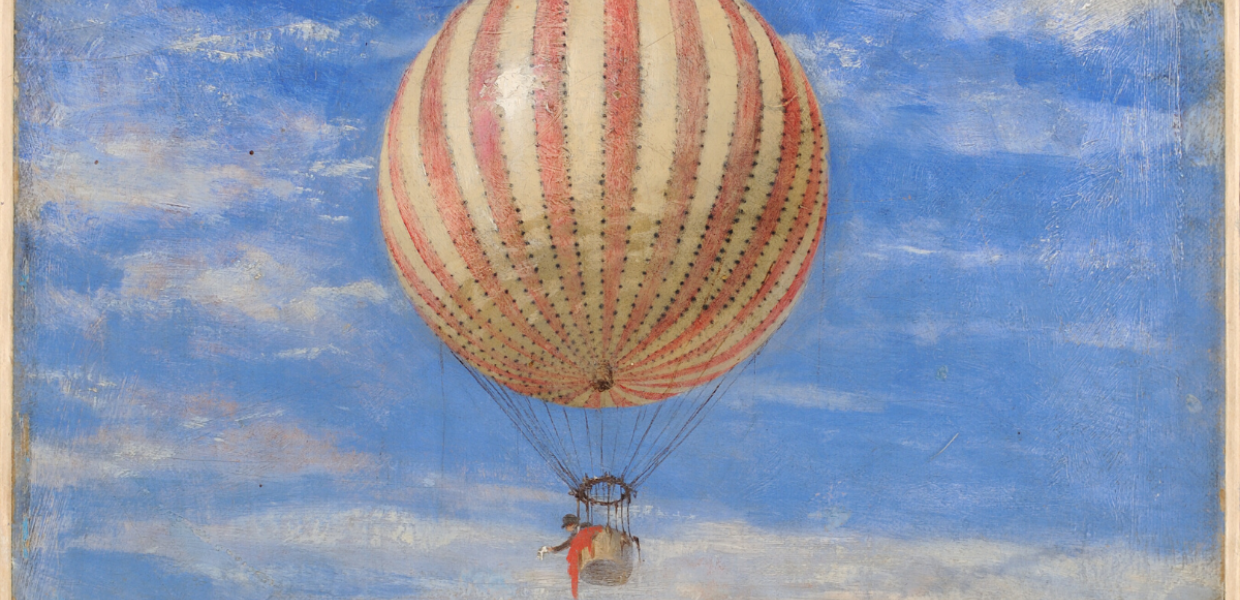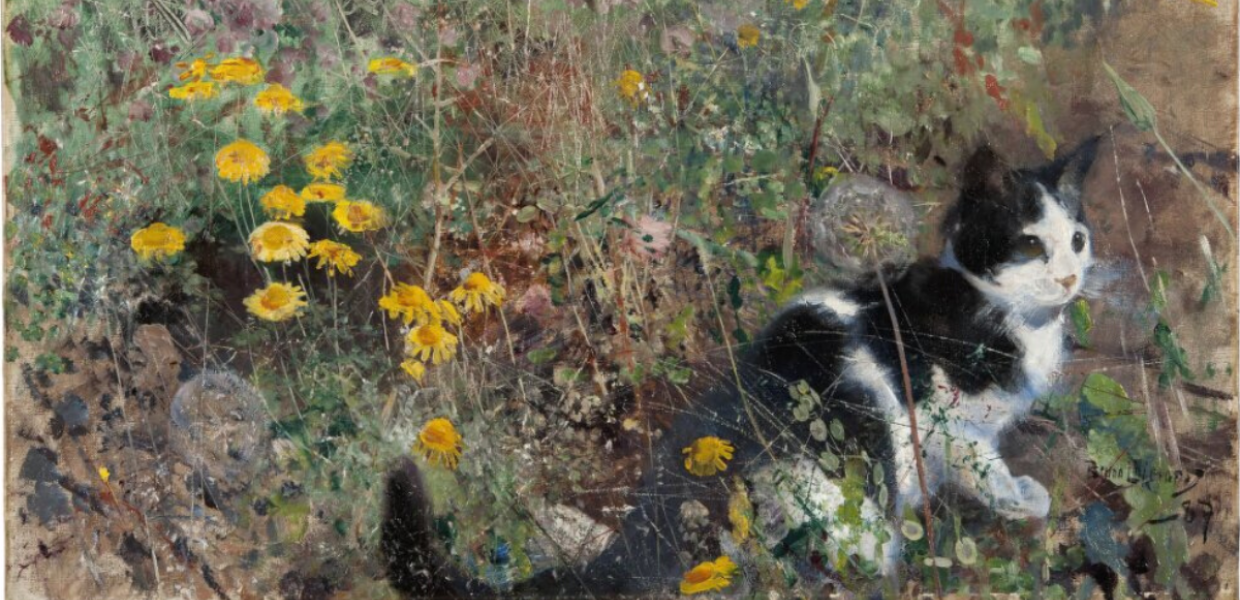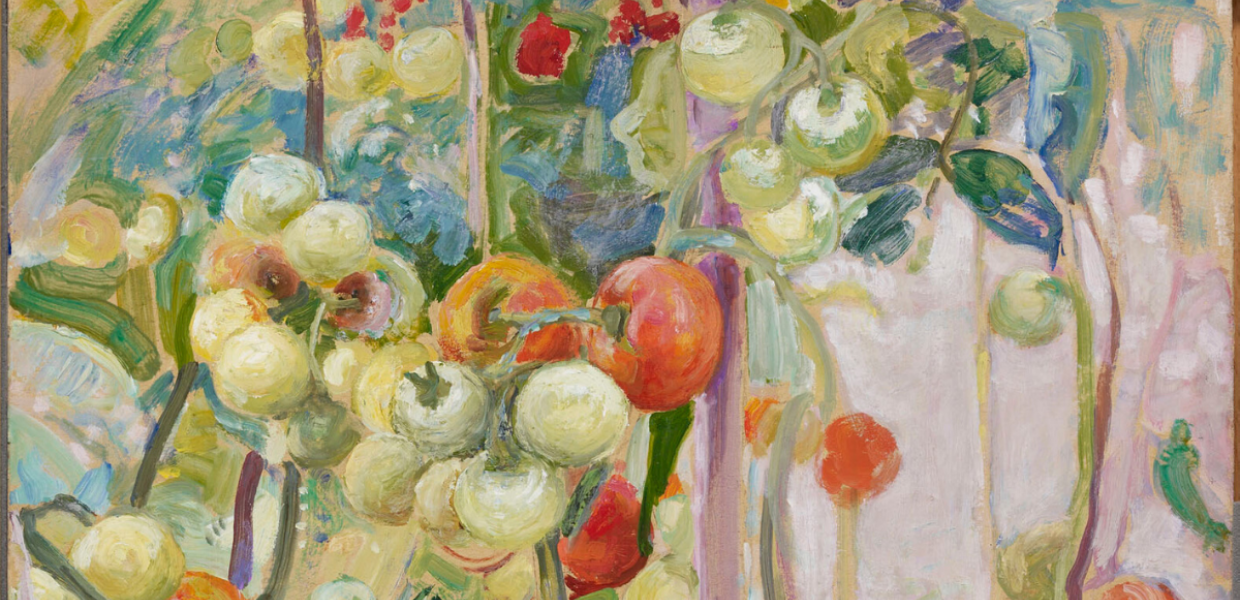What does ‘open’ mean in the context of ‘Open GLAM’ and how does it relate to the public domain?
For over a decade, members of the Open GLAM (Gallery, Library, Archive, Museum) movement have been advocating liberal access to, and reuse of, cultural heritage held in memory institutions – most specifically, digital surrogates of public domain works in which copyright has expired or never existed.
In the GLAM sector the precise meaning of ‘open access’ sometimes lacks consensus. The term is often opaque and self-designated. So the clarity that the Open Definition brings is welcome: put most succinctly, it states that open means ‘anyone can freely access, use, modify, and share [content] for any purpose.’
This philosophy relates closely to Europeana’s advocacy, through the Public Domain Charter and other outreach, for the benefits of a vibrant public domain, and against the practice of institutions using copyright and licensing inappropriately to obstruct access to digitised public domain works.
Tell us about the Open GLAM survey.
For almost two years I’ve been leading an international survey of open access policy and practice in the GLAM sector with Dr. Andrea Wallace, Lecturer in Law at the University of Exeter. We were inspired to start the survey because we couldn’t find an up-to-date picture of open access policy and practice in the sector. It seemed obvious that a shared resource to see, add and update relevant information would be valuable for researchers, policymakers and cultural heritage professionals.
The Open GLAM survey is held in a Google Sheet and data are gathered through desk research and crowdsourced outreach to the GLAM community. Anyone can suggest survey additions or corrections by commenting in the spreadsheet, contacting Andrea or I on Twitter, or completing a Google Form. The survey is a personal research initiative and not owned by any particular institution.





